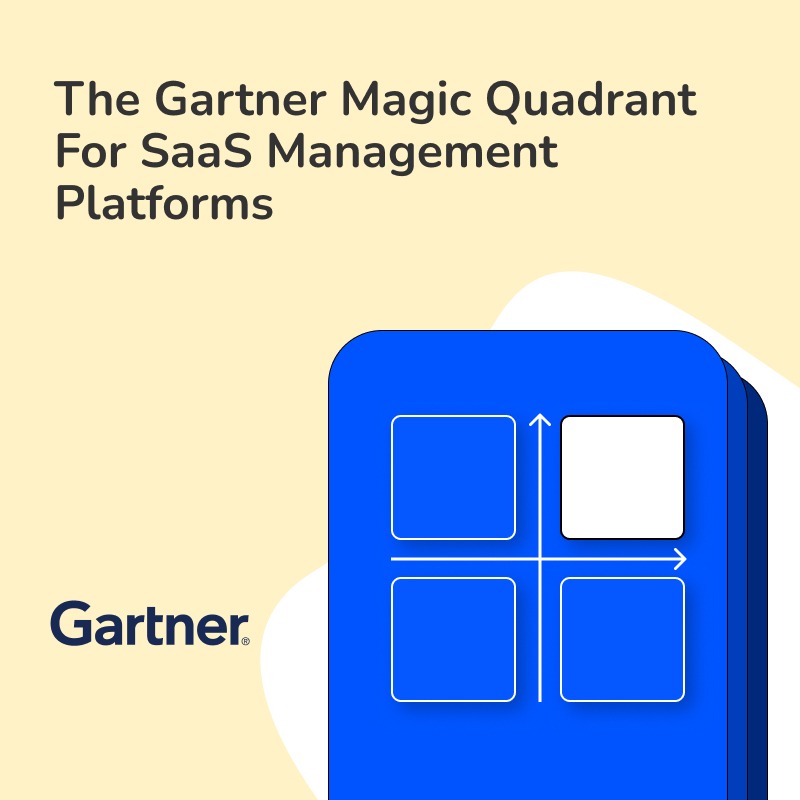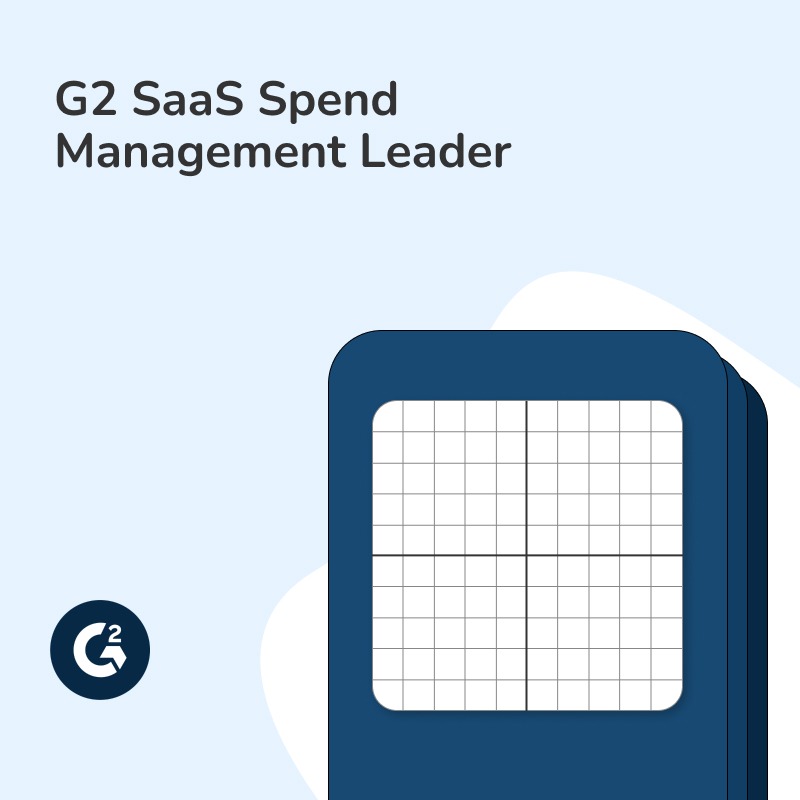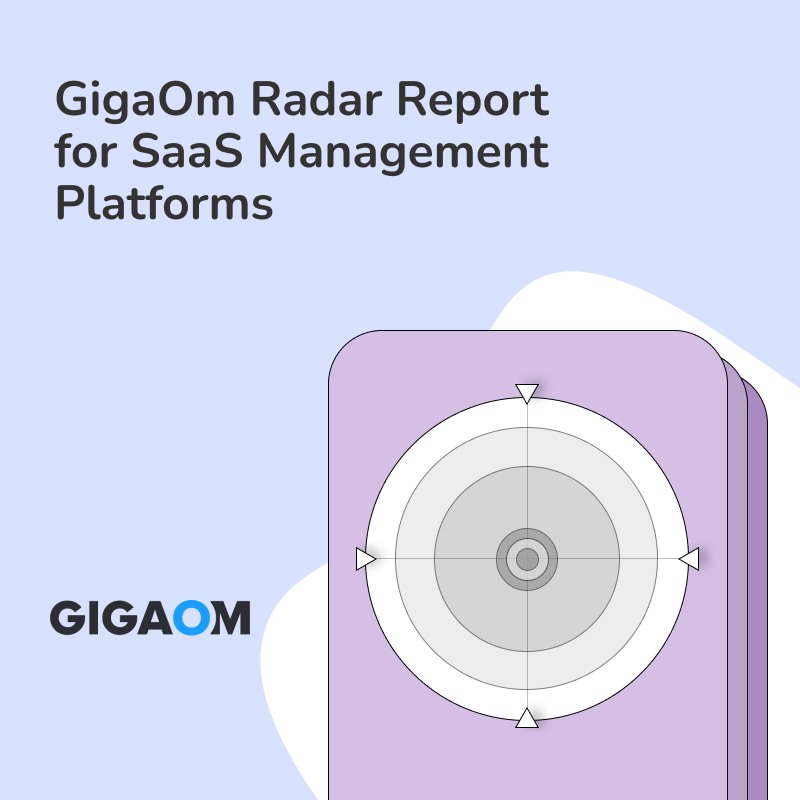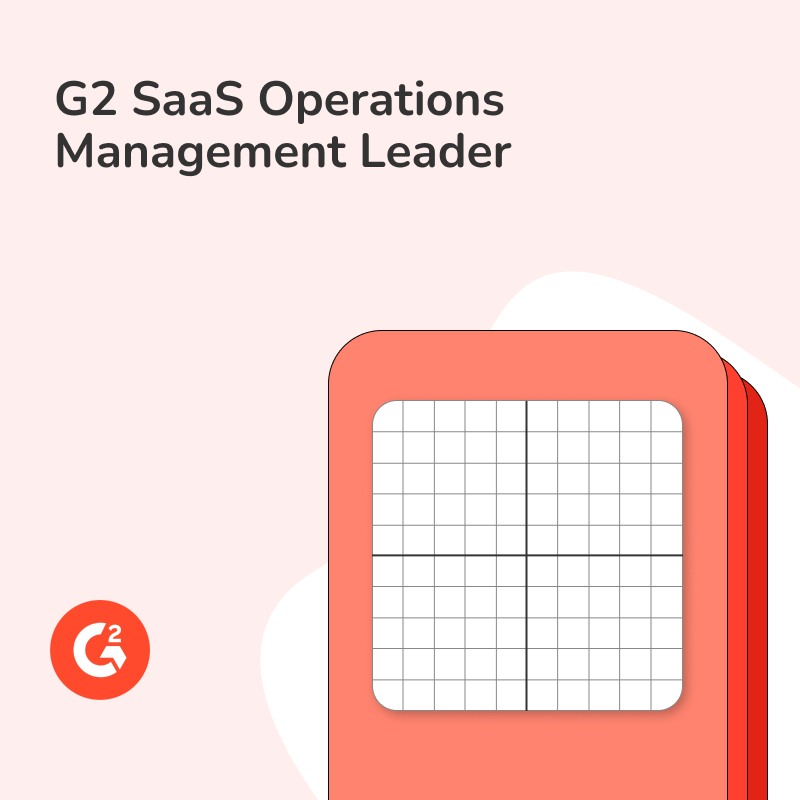Is your IT department struggling to keep up with the sheer volume of assets and applications it needs to manage? You’re not alone. Navigating the complexities of IT Asset Management (ITAM) can feel like trying to sail through a storm without a compass. But what if there’s a way to streamline this chaos, ensuring your IT infrastructure operates like a well-oiled machine?
In this article, we’ll cut through the noise and dive straight into why ITAM is the linchpin of IT success. We’ll break it down, making it simpler to understand why an effective ITAM process is non-negotiable for your organization. For those looking to take it a step further, we’ll also touch on the game-changing potential of App Lifecycle Automation.
For more on automating your application lifecycle, visit Torii. Let’s unravel this together.
The IT asset management process is key to IT success because it provides a structured approach to managing an organization’s hardware, software, and network resources throughout their lifecycle. Why is this so important? Let’s break it down.
- Tracking and Organization: By implementing an IT asset management process, organizations can keep track of their assets from procurement through deployment to maintenance and retirement. An organized process ensures everything is accounted for and that every piece of technology serves its purpose efficiently.
- Compliance and Legal Obligations: Asset management aids in compliance by maintaining accurate records, ensuring legal obligations are met, and avoiding costly penalties or audits.
- Cost Reduction: Knowing exactly what assets you have allows for avoiding unnecessary purchases and optimizing existing resources, cutting waste, and directing funds to where they’re truly needed.
- Security Enhancement: By keeping track of every component, IT teams can ensure timely updates, patch vulnerabilities, and dispose of old equipment securely, enhancing security.
- Strategic Decision-Making: With a clear inventory, organizations can make informed decisions about scaling up, replacing outdated systems, or investing in new technologies, crucial for staying competitive.
- Continuous Monitoring and Best Practices: The asset management process involves careful planning, continuous monitoring, and adopting frameworks like ITIL to follow best practices, supporting efficient IT operations and business growth.
Best Practices for Implementing a Robust IT Asset Management Process
To truly unlock the advantages of IT asset management (ITAM), embracing best practices is essential. Here, we outline steps and strategies that can significantly enhance the efficiency and effectiveness of your ITAM process.
1. Define Clear Objectives and Goals
Before embarking on the implementation of an ITAM process, clearly define what you aim to achieve, tailoring it to specific organizational needs.
2. Implementation of a Comprehensive Software Management Platform (SMP)
Adopting a robust SMP can streamline numerous aspects of IT asset management, enhancing ITAM capabilities.
3. Maintain Accurate and Up-to-Date Inventory
Keep a real-time inventory of all IT assets, including hardware, software, licenses, and network resources.
4. Establish and Enforce Standard Operating Procedures (SOPs)
Develop SOPs for asset procurement, deployment, maintenance, and retirement to ensure consistency and compliance.
5. Implement a Lifecycle Management Approach
Manage IT assets throughout their lifecycle, ensuring efficient utilization, maintenance, and retirement.
6. Regular Audits and Assessments
Conduct regular audits to assess compliance and performance, identifying discrepancies and security risks early.
7. Enhance Compliance and Security Measures
Ensure assets comply with regulations and implement strict security protocols to protect IT infrastructure.
8. Foster Employee Training and Awareness
Educate employees on ITAM policies and procedures to enhance compliance and better management of IT assets.
9. Leverage Data Analytics for Decision-Making
Use data analytics to optimize resource allocation and make informed decisions regarding IT assets.
10. Monitor and Refine Continuously
Regularly review and refine your ITAM strategies to adapt to new challenges and opportunities for improved management.
By following these best practices, you can build a strong IT asset management process that drives efficiency, ensures compliance, minimizes costs, and enhances overall IT security and performance. Remember, a well-structured ITAM process is not a one-time implementation but a continuous journey towards perpetual improvement, supporting your organization’s broader goals and success.






